Civil Rights 1954-1968
History
affirmative action
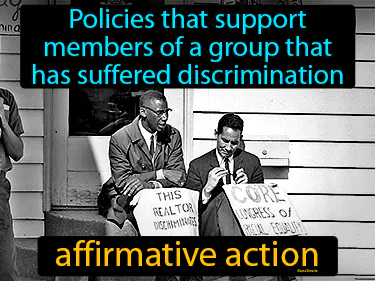
Policies that support members of a group that has suffered discrimination. Affirmative action. It is a practice where organizations take steps to increase opportunities for historically marginalized groups.
Black Panthers
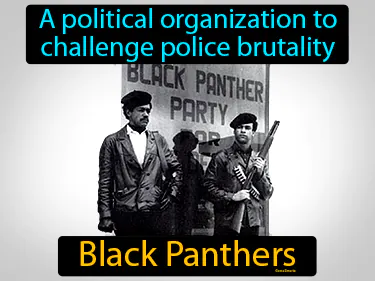
A political organization to challenge police brutality. Black Panthers. The Black Panthers were a group formed in 1966 to fight for African American rights and against racial injustices, including police brutality.
Black Power
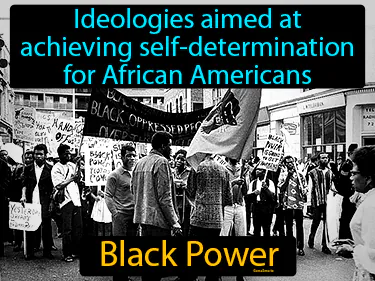
Ideologies aimed at achieving self-determination for African Americans. Black Power. Black Power was a movement in the 1960s and 1970s focused on racial pride, economic empowerment, and the creation of political and cultural institutions for African Americans.
Brown v Board of Education of Topeka
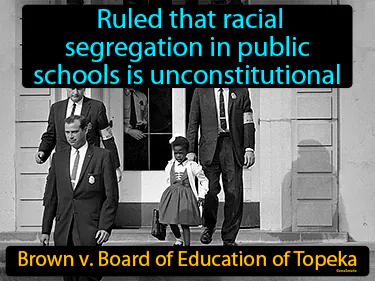
Ruled that racial segregation in public schools is unconstitutional. Brown v Board of Education of Topeka. This landmark Supreme Court case in 1954 ended legal school segregation in the U.S.
Civil Rights Act of 1964
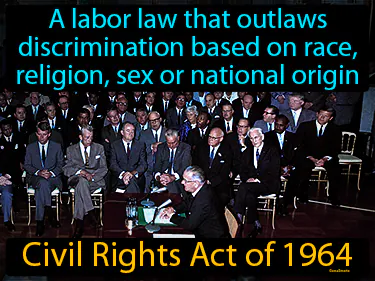
A labor law that outlaws discrimination based on race, religion, sex, or national origin. Civil Rights Act of 1964. The Civil Rights Act of 1964 is a historic law that ended segregation and banned discrimination in public places and employment in the United States.
Civil Rights Act of 1968
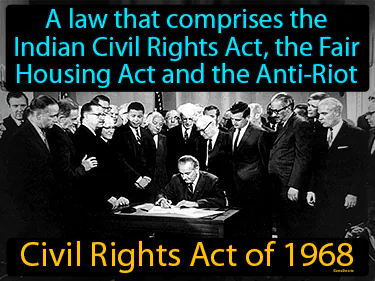
A law that comprises the Indian Civil Rights Act, the Fair Housing Act, and the Anti-Riot Act. Civil Rights Act of 1968. The Civil Rights Act of 1968 aimed to end discrimination in housing and protect the civil rights of American citizens.
de facto segregation
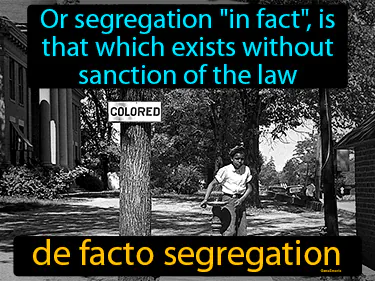
Or segregation "in fact", is that which exists without sanction of the law. De facto segregation refers to racial separation that occurs in practice, even if not legally required, often as a result of social, economic, or demographic factors.
de jure segregation
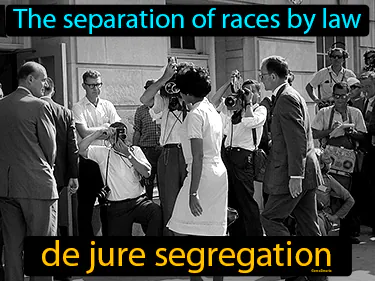
The separation of races by law. De jure segregation. It refers to the legal enforcement of racial separation, like what happened in the United States with Jim Crow laws.
Fannie Lou Hamer
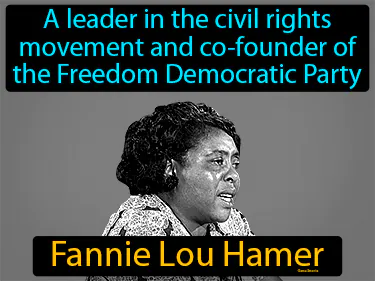
A leader in the civil rights movement and co-founder of the Freedom Democratic Party, Fannie Lou Hamer. Fannie Lou Hamer was a key figure who fought for voting rights and racial equality in America during the 1960s.
freedom riders
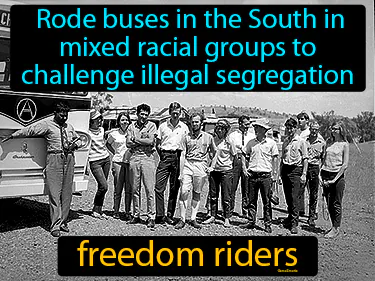
Rode buses in the South in mixed racial groups to challenge illegal segregation. Freedom Riders. Freedom Riders were civil rights activists in the 1960s who traveled through the southern United States to protest racial segregation in public transportation.
Freedom Summer
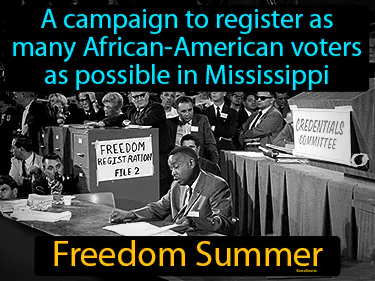
A campaign to register as many African-American voters as possible in Mississippi. Freedom Summer. Freedom Summer was a 1964 initiative to increase voter registration among African-Americans in Mississippi.
James Meredith
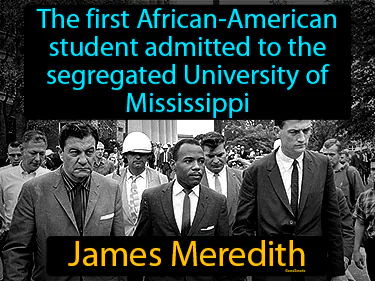
The first African-American student admitted to the segregated University of Mississippi, James Meredith. He is a key figure in the American civil rights movement for integrating the university in 1962.
Kerner Commission
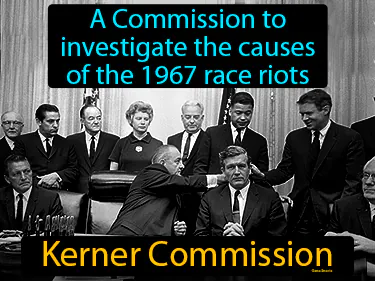
A Commission to investigate the causes of the 1967 race riots. Kerner Commission. The Kerner Commission was a group formed to examine the reasons behind the 1967 race riots in the United States, emphasizing racial inequality and segregation.
Malcolm X
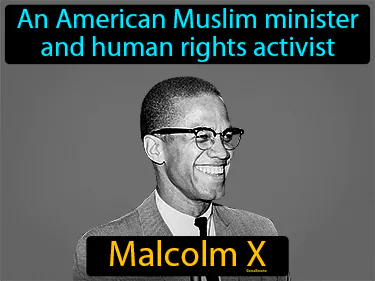
An American Muslim minister and human rights activist. Malcolm X was a key figure in the civil rights movement, known for advocating for the rights of Black Americans and promoting Black empowerment and self-determination.
Martin Luther King Jr
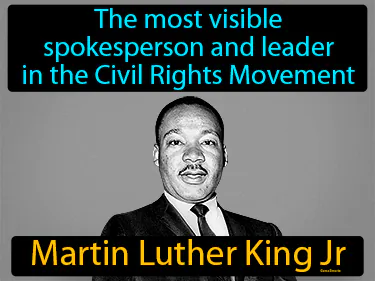
The most visible spokesperson and leader in the Civil Rights Movement. Martin Luther King Jr. He was a key figure who fought for racial equality and justice in the United States.
Nation of Islam
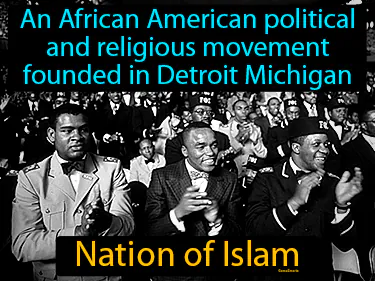
An African American political and religious movement founded in Detroit, Michigan. Nation of Islam. The Nation of Islam is a group that combines teachings of Islam with black empowerment and civil rights advocacy.
Rosa Parks
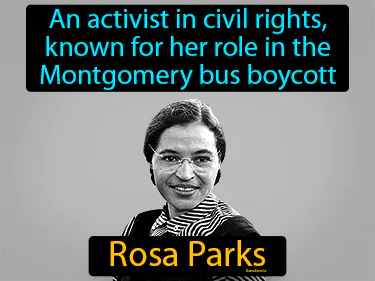
An activist in civil rights, known for her role in the Montgomery bus boycott, Rosa Parks. Rosa Parks is a key figure in American history who helped spark the civil rights movement by refusing to give up her bus seat to a white person.
sit-in
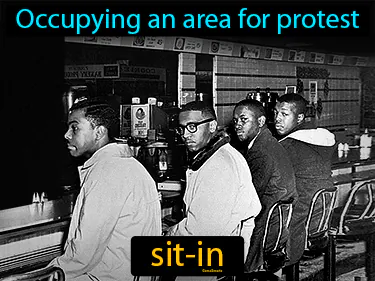
Occupying an area for protest sit-in. Sit-ins are a form of peaceful protest where participants occupy a space to demand change, famously used during the Civil Rights Movement in the 1960s.
Southern Christian Leadership Conference
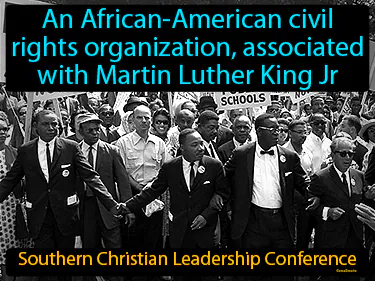
An African-American civil rights organization, associated with Martin Luther King Jr., Southern Christian Leadership Conference. The Southern Christian Leadership Conference is a key organization in the U.S. civil rights movement that promoted nonviolent protests to fight racial segregation.
Stokely Carmichael
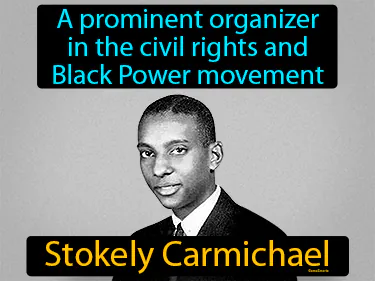
A prominent organizer in the civil rights and Black Power movement. Stokely Carmichael. He was a key figure who advocated for Black empowerment and popularized the slogan "Black Power" in the 1960s.
Student Nonviolent Coordinating Committee
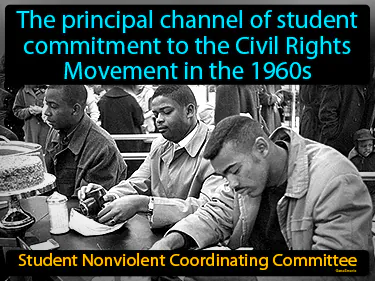
The principal channel of student commitment to the Civil Rights Movement in the 1960s Student Nonviolent Coordinating Committee. The Student Nonviolent Coordinating Committee was a key organization of young activists advocating for civil rights through peaceful protests.
Thurgood Marshall
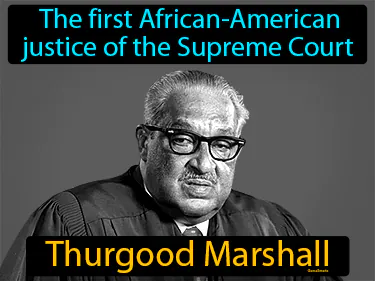
The first African-American justice of the Supreme Court. Thurgood Marshall. Thurgood Marshall was a key figure in the Civil Rights Movement who helped end racial segregation in the United States as a lawyer and Supreme Court Justice.
Twenty-fourth Amendment
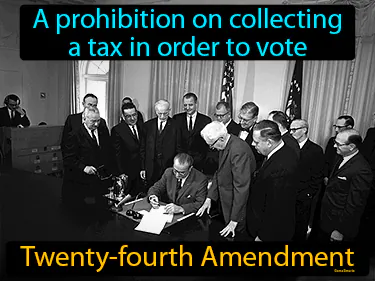
A prohibition on collecting a tax in order to vote. Twenty-fourth Amendment. The Twenty-fourth Amendment abolished poll taxes, which were fees charged to voters, in federal elections to prevent discrimination and ensure voting rights.
Voting Rights Act of 1965
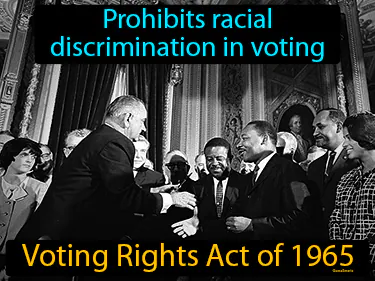
Prohibits racial discrimination in voting. Voting Rights Act of 1965. The Voting Rights Act of 1965 is a landmark law that ensured all citizens, regardless of race, could exercise their right to vote.